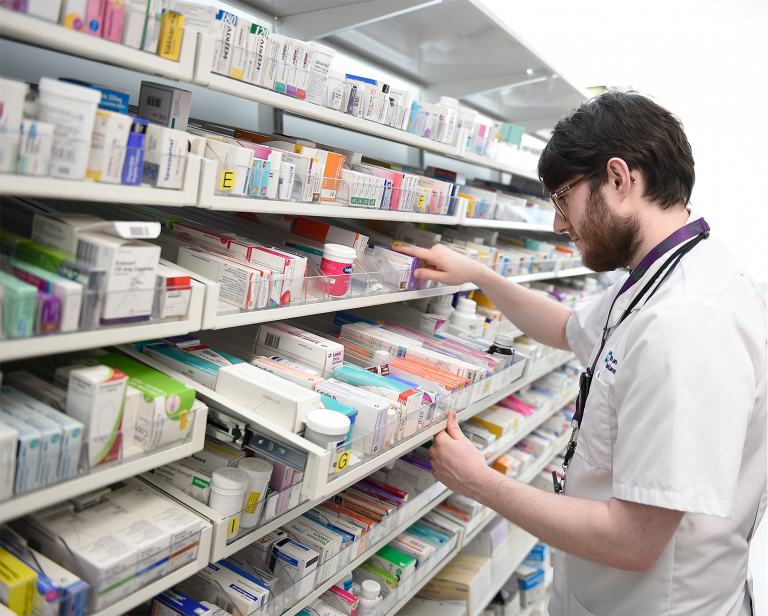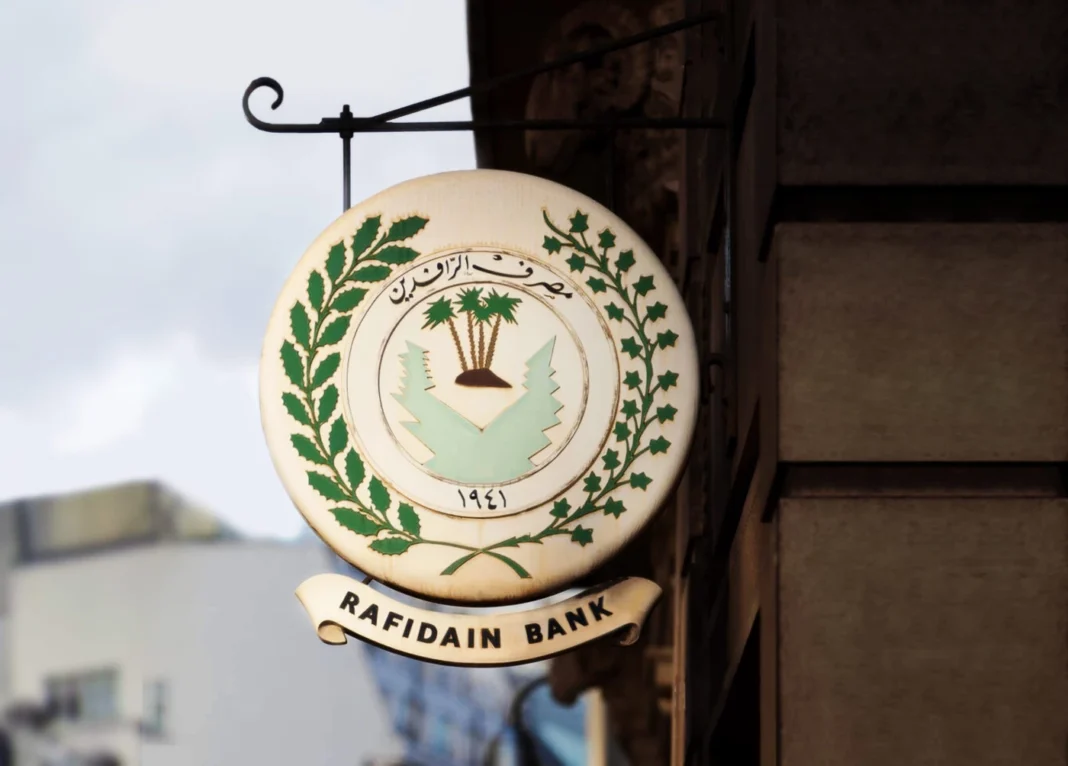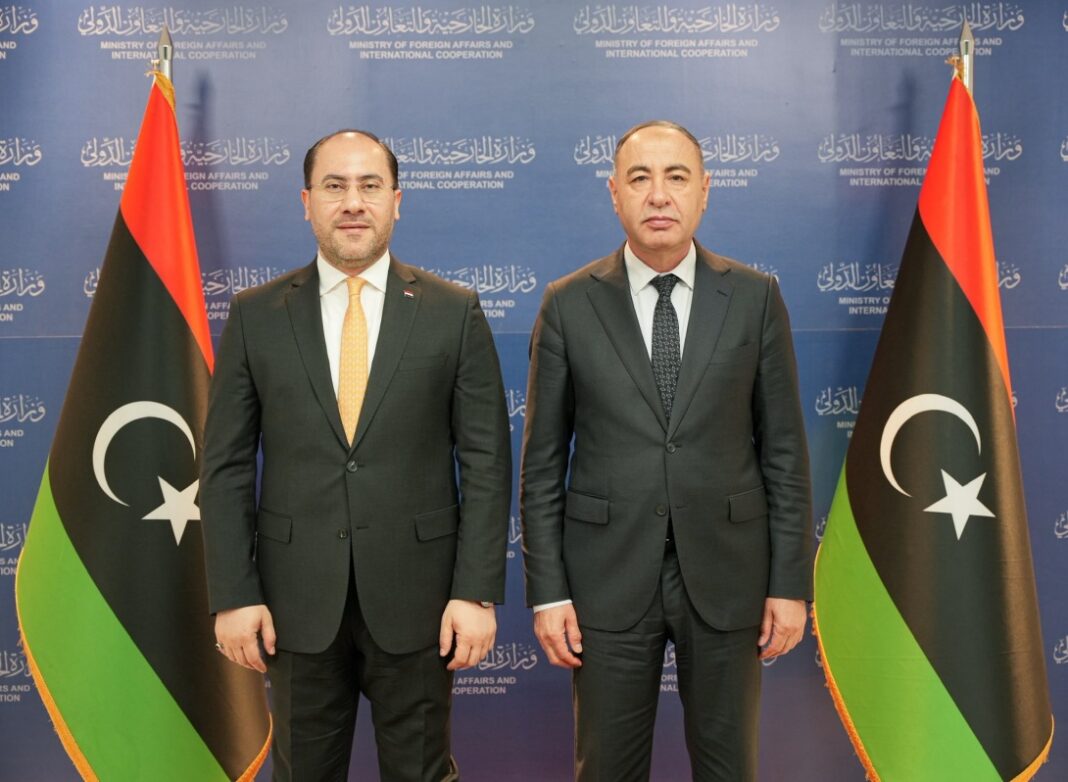Iraq pharmaceutical industry growth continues to deliver impressive results, saving the country more than $1 billion every year. This progress reflects strong government support and private sector participation, driving the shift toward localized drug production.
Hamoudi Al-Lami, Advisor to the Prime Minister for Industry, announced that 34 pharmaceutical factories now operate at full capacity. In addition, there are 178 new applications for building drug manufacturing facilities. These applications represent a wide range of medical products, including syringes, IV solutions, and surgical sutures.
From the beginning of its term, the government focused on expanding the Iraq pharmaceutical industry growth strategy. It passed several Cabinet resolutions in 2023 to support this mission. These measures include financial incentives like loans for investors and flexible credit terms using production lines as collateral.
Moreover, the Ministry of Health raised the prices it pays for locally produced medicines. This policy more than doubled contract values with national factories. As a result, the General Company for Marketing Drugs saw contract totals surge from 144 billion to over 600 billion Iraqi dinars.
This transformation also lowered the country’s dependence on imported medications. Currently, local medicines cover nearly one-quarter of the cost of imported drugs. This shift contributes directly to the $1 billion annual savings.
The Iraq pharmaceutical industry growth includes rigorous standards for safety and effectiveness. Al-Lami noted that national production now meets international specifications. In fact, local companies conduct clinical trials using advanced technology for medications treating cancer and blood disorders.
Technology transfer plays a critical role. Through partnerships with global firms, Iraq has begun producing 25 cancer treatment drugs locally. Additionally, during this administration, factories began manufacturing 38 hypertension drugs, 33 for diabetes, and 58 antibiotics.
Factory numbers rose from 22 to 34 under the current government, marking a historic leap. Previously, only 22 factories existed since Iraq’s first opened in 1956. The current expansion demonstrates the government’s serious commitment to industry revival.
In conclusion, Iraq pharmaceutical industry growth showcases how coordinated public and private efforts can produce real results. As factories continue to grow, the nation strengthens its healthcare system while saving critical financial resources.



